Data interpretation: organise data by classifying, grouping and sorting objects (Years F-2)
Understanding and applying the process of classifying, grouping and sorting data is an important skill in the Australian Curriculum: Digital Technologies F-2 as well as in Science and Mathematics. To sort and classify familiar objects, students use computational thinking skills to organise data in a logical way.
Additional details
| Year band(s) | Foundation, 1-2 |
|---|---|
| Content type | Lesson ideas |
| Format | Document |
| Core and overarching concepts | Data interpretation, Data acquisition, Data representation, Computational thinking |
| Australian Curriculum Digital Technologies code(s) |
AC9TDIFK02
Represent data as objects, pictures and symbols
AC9TDI2K02
Represent data as pictures, symbols, numbers and words
AC9TDI2P02
Follow and describe algorithms involving a sequence of steps, branching (decisions) and iteration (repetition) |
| Keywords | Algorithms, DTiF, dtif, DTIF, ACARA |
| Integrated, cross-curriculum, special needs | Critical and creative thinking, Numeracy, Literacy |
| Organisation | Australian Government Department of Education and Training |
| Copyright | Australian Government Department of Education and Training, CC BY 4.0 |
Related resources
-
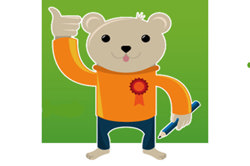
CAS Barefoot
A broad collection of online resources to support teachers to develop and implement computational thinking, concepts and computer programming.
-
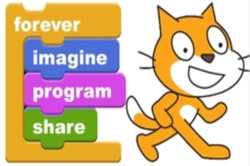
Computing at School: Resources
Browse the curriculum resources which are tried and classroom tested resources submitted by primary teachers to support Computing for early to middle primary school.
-

Data representation
Ideas for teaching about patterns in data, representing data as pictures, symbols and diagrams as well as ideas for teaching about collecting, sorting and using digital systems to present data.
-
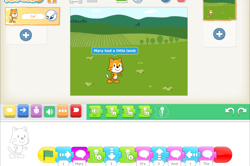
Time to rhyme
Retell a known nursery rhyme using ScratchJr to create an interactive animation.
-
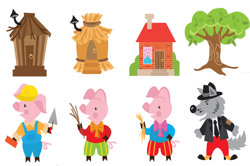
Three little pigs
Retell the story of the Three Little pigs using a light sensing robot such as Ozobot.
-

Schoolyard biodiversity detectives
Collect data on the biodiversity in garden beds around your school to measure the biodiversity (that is the different types of plants and animals).
-
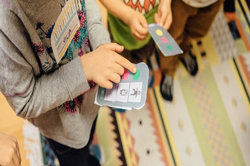
Hello Ruby
This website provides excellent resources for teaching computational thinking and an assortment of pre-programming ideas. The play section has fun activities to learn about computer programming.
-

Can an AI recognise what you are drawing
This lesson provides an opportunity to incorporate representation of data using a relevant context being studied in the classroom.
